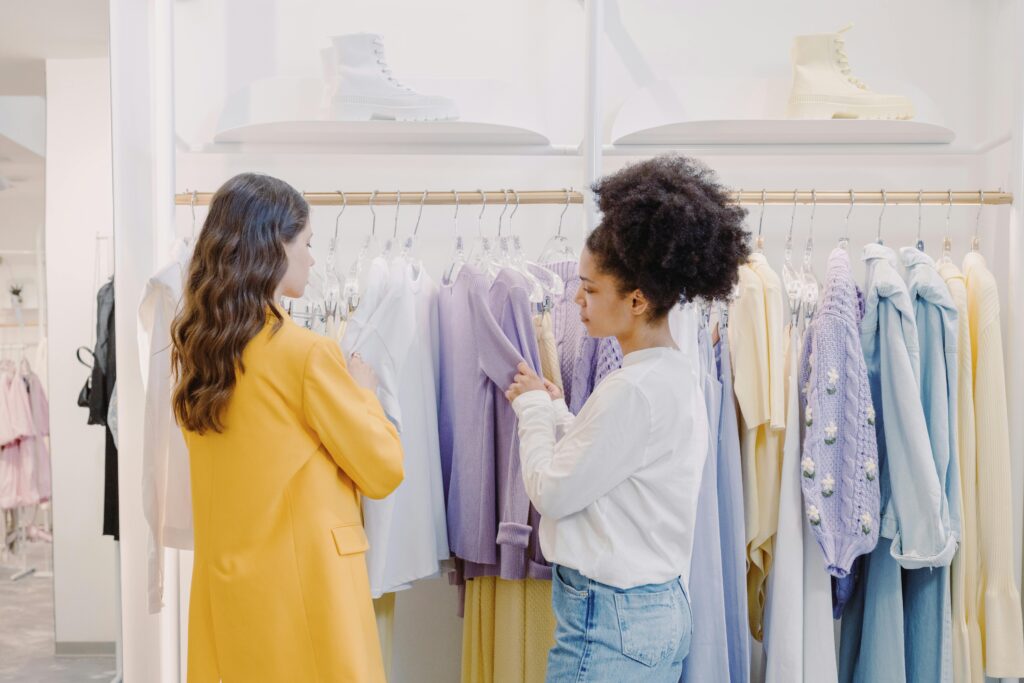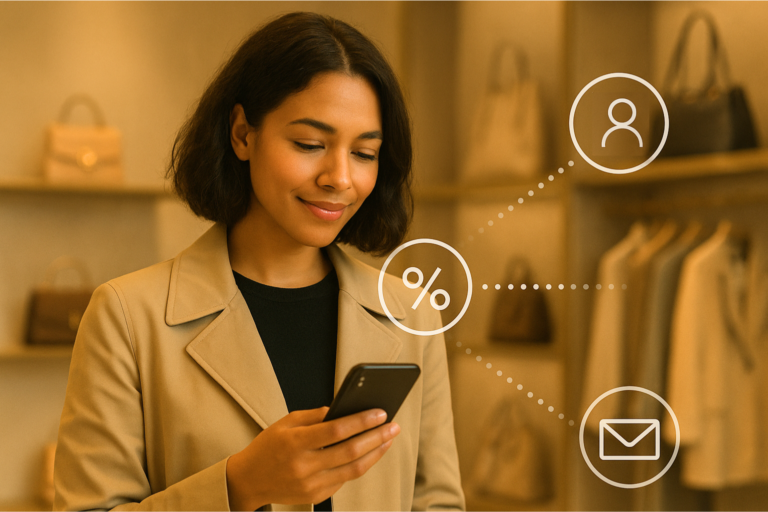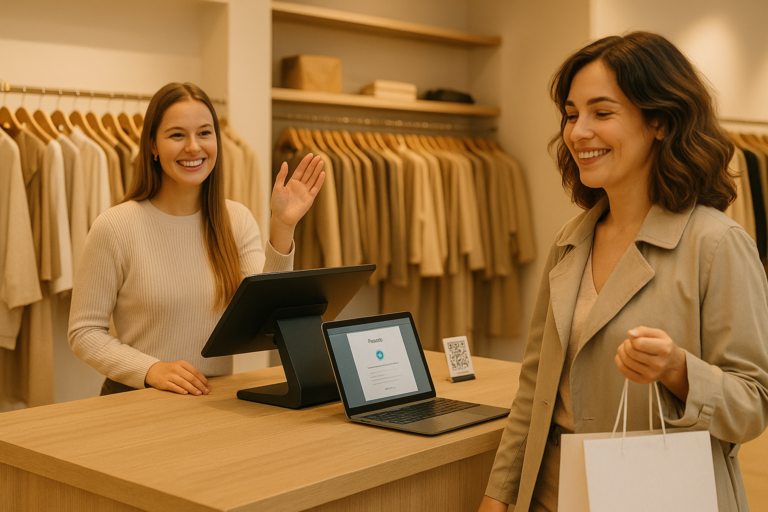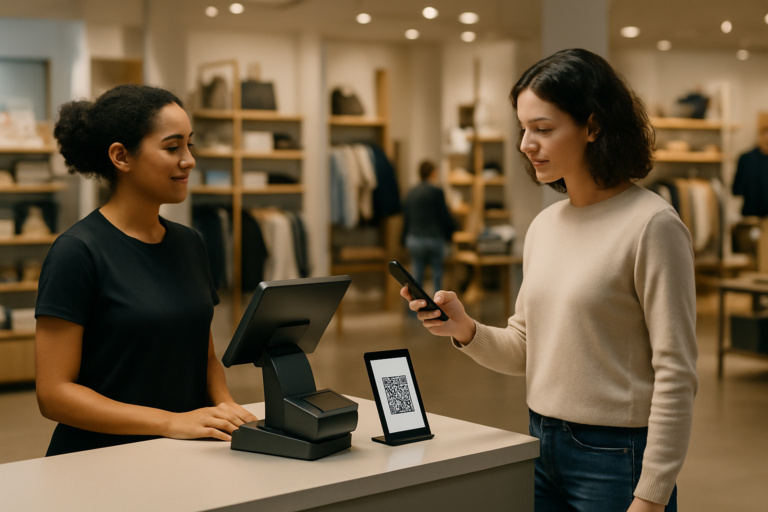If you aren’t familiar with the term retail media, in its purest sense it refers to the advertising and marketing a retailer shows either on their website, apps, or even in and around the point of sales in-store. Using this kind of media treats the retailer’s customers as the “audience”, and uses data insight to market and push products or offers directly to the consumers who are already purchasing – even if the advert isn’t the retailer itself.
With many customers already in the “buying mindset” this is a valuable commodity for many retailers and Walmart in the US has seen a huge uptake in the advertising space purchased. Goldman Sachs states that the retail media market will hit £2bn in the UK for grocery retailers alone in 2024.
Retail media’s importance has been surging and is set to be a key factor in the strategies of many larger retailers. Using online data, along with smart in-store touchpoints, the wealth of customer information available for personalising advertising means that brands can increase their visibility to their customer base. Being able to foster closer relationships, at the point of purchase, directly to consumers will pay dividends in the long run.
Getting started with retail media requires an understanding of the medium’s ecosystem. Being able to work out who the right retailer partners are or if you should be retaining this key medium for your advertising requirements instead is really crucial in making the most of this avenue.

Understanding Retail Media
In the past, brands would use TV ads or magazine ads to get your attention, hoping that you would remember their product when you went shopping. But now, with everyone shopping online or using their phones to shop, retail media lets brands show you ads at the perfect time — right when you’re thinking about buying something, or even when you are physically in the shop.
It’s smart because it uses data to show ads to the right people, making sure they are more likely to be targeted and aligned with the consumer. This smaller audience means a better conversion rate and ultimately a better opportunity for return on investment.
It doesn’t just benefit the brands because of the more targeted segmentation, or the consumer by seeing adverts that are relevant for them, for retailers it’s also a great way to make extra money by selling space for these ads. However, even if you’re not in the position to be selling space, or buying space, it’s still an approach you can use internally. Here is a step-by-step guide to make the most of your retail media and get started.
Step 1. Gather Customer Data
First, start by collecting detailed customer data. This is about building up a picture of your customer’s preferences, purchasing behaviours and when they are most likely to make a purchase. Some good techniques for data collection include conducting surveys, analysing interactions on your website, using your own marketing data capture protocols, and reviewing purchase histories. (You can also use refive to capture customer data in your physical stores.)
Step 2. Establish Effective Touchpoints
Now that you have a wealth of information to use, it’s key to think about where you will implement digital and physical touchpoints to initiate any campaigns. Some of the places where you can do this include:
- Digital Receipts: Use these as an opportunity to engage further with customers by offering tailored recommendations, discounts, or inviting feedback. For users of refive, you can reduce friction by making the digital receipt available instantly in the mobile browser when customers scan a QR code in-store. No email addresses, no handing over details, but you are still able to get that all-important data.
- Phygital Touchpoints: Retailers can use digital screens or interactive touchpoints within the store such as product assistants and store assistants. These can offer personalised shopping assistance, provide product information, suggest items based on customer preferences or past purchases, and help with store navigation.

Step 3. Deliver Relevant Offers to the Right Customer Segment
While all your customers will have something in common, they won’t all be the same. This is where it’s important to begin to segment your customers. By using the data collected, you can divide your customers into groups based on things such as purchase history, shopping behaviours, location and more. This makes crafting personalised offers and communications even easier and more effective. For example, if the demographic of your customers who shop for skincare are more likely to purchase on a Saturday afternoon, you can target that audience specifically and run ads during that timeframe.
Once you have created your segments, start to build targeted offers. Tailoring your offers and communications ensure better engagement and builds trust with your customers. Some examples could be:
- For eco-conscious customers, highlight new sustainable products or offer exclusive discounts on eco-friendly ranges.
- For high spenders, deliver offers on premium products or enhancements to loyalty programmes.
You can then deliver these offers through your established touchpoints. Ensure that the offers are not only relevant but also delivered in a timely and engaging manner to maximise impact.
Using Retail Media For Maximum Impact
For any retailer looking to make the most of every opportunity they have to communicate with their customer, retail media is not only a fantastic opportunity but a cost-effective one as well. While retailers like Walmart, and the likes of Tesco and Carrefour in Europe, are selling these as prime advertising space, this highlights the importance of this visibility.
It enables you to communicate directly with customers based on their preferences. This means that any communication will enhance their shopping experience as a result, as the offers and adverts shown will appeal to them and what they will want to see. It allows the chance to upsell and engage customers in a new way. If you want to know more about how retail media can be implemented into your operation, then get in touch today for a demo of refive to find out more.









